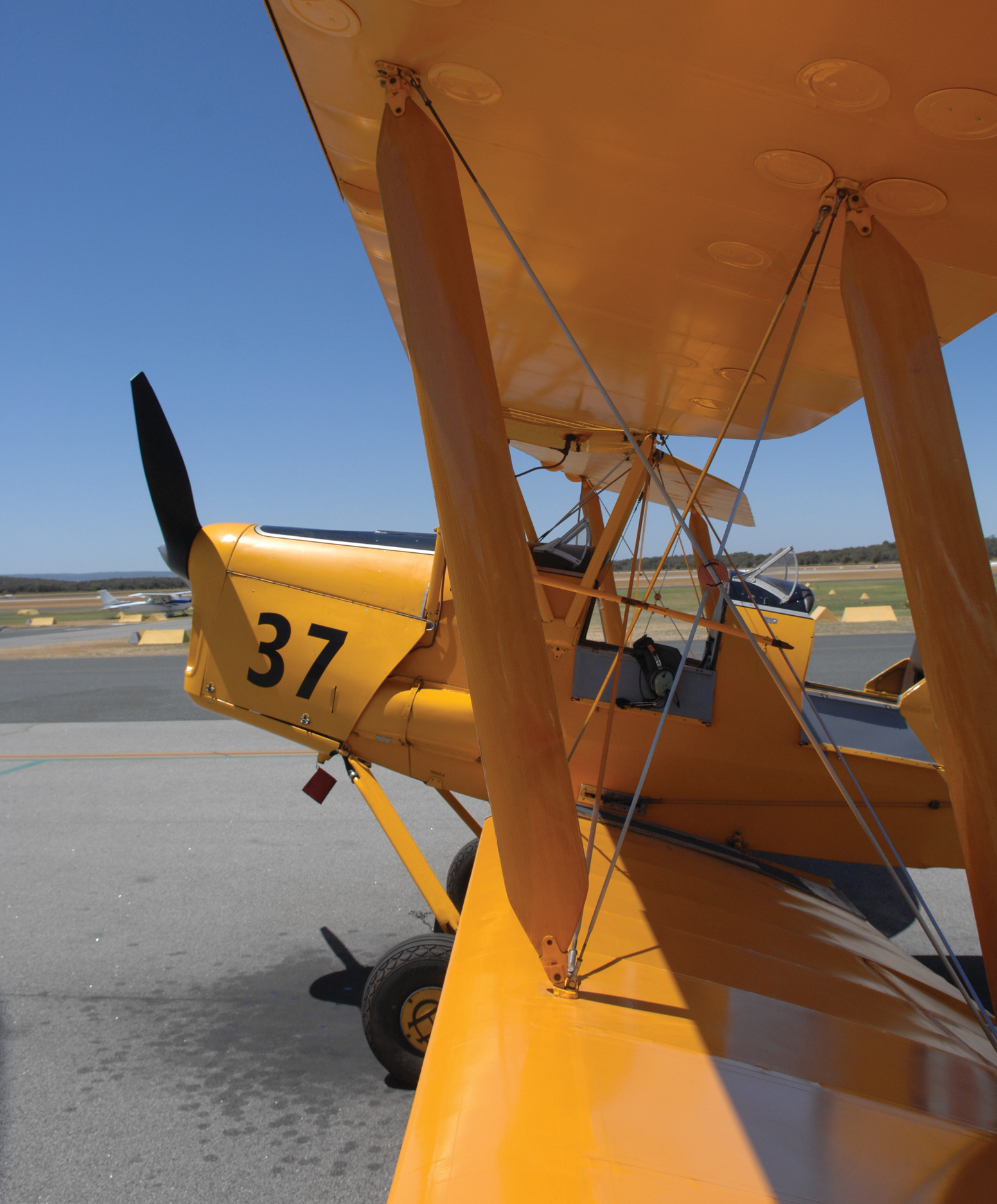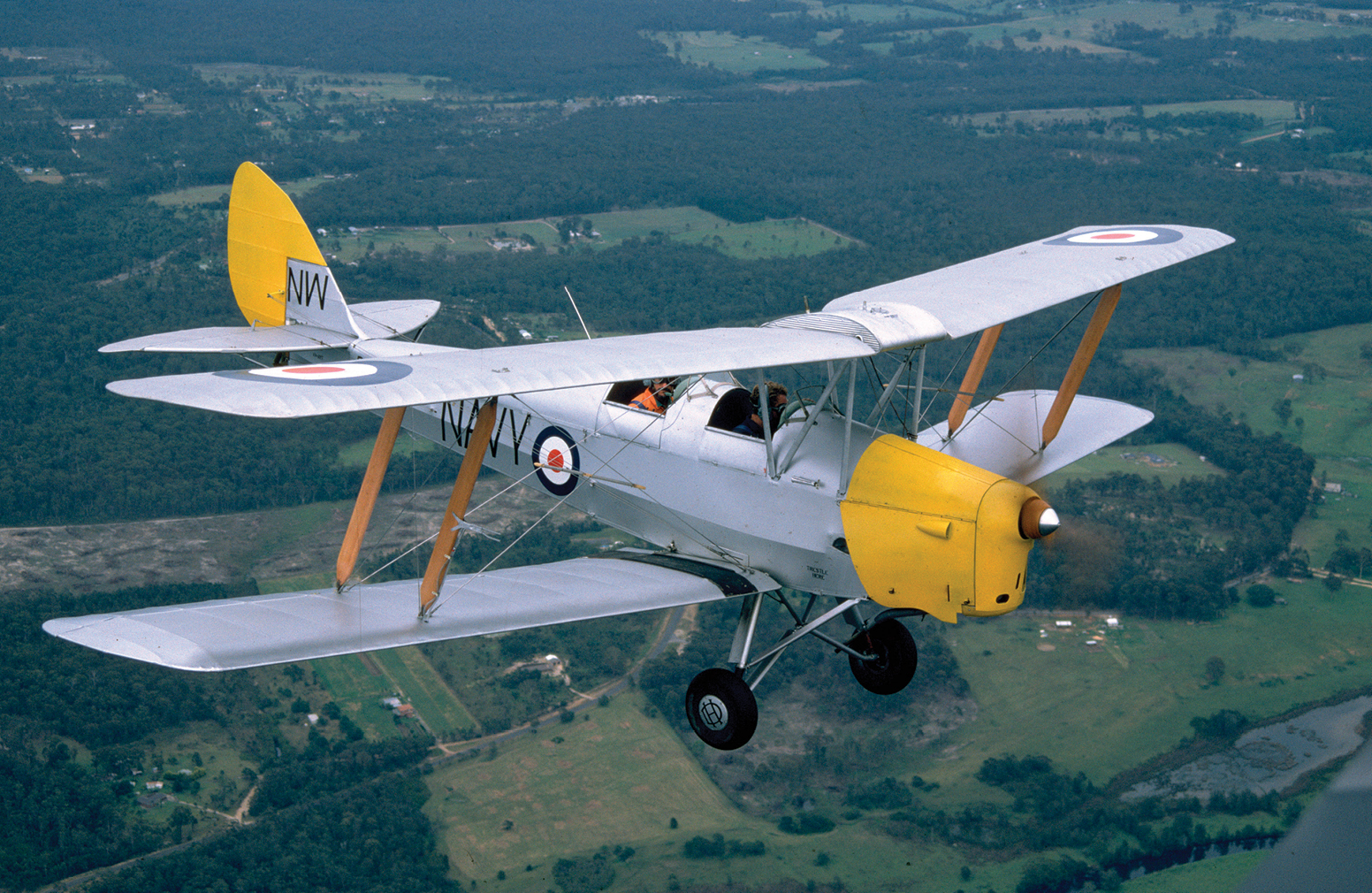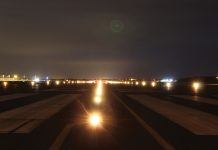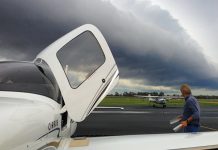Amy Johnson flew a Gipsy Moth from London to Darwin, solo, over 20 days in May 1930. Around 10,000 nautical miles, cruising at 74 knots. That’s at least 135 hours of flying.
She had only qualified for her pilot’s licence less than a year earlier. Her aeroplane, a de Havilland DH-60G named ‘Jason’, had no radio, electrical system, hydraulic system, battery, starter motor, brakes, flaps, canopy or heater. The 18-leg route had few aerodromes. Petrol and oil had to be pre-arranged.
Johnson’s navigation equipment comprised of the aircraft compass, airspeed indicator, some basic geographical maps, a ruler and some pencils. Not even a ‘whiz-wheel’.
To a 21st century aviator, Johnson’s flight seems impossible, especially as she was a low-hour pilot. (Her previous longest flight had been 180 miles.) How did she and other early aviators flying in open-cockpit biplanes, manage to survive?
The sad answer is that many did not. Numerous legends of that era ended up dying doing what they loved including Hinkler, Kingsford-Smith, Earhart and Johnson herself.
With the Tiger, there’s nothing to look at inside, so your eyes are always outside.
Moth family
Geoffrey de Havilland’s DH-60 design developed into the DH-82 Tiger Moth, in which nearly every World War II pilot in the British Commonwealth learnt to fly. Of the 8,800 Tiger Moths built, 1,070 were produced in Sydney. More than 200 are still on the CASA register – yes, 200!
So an obvious question is, how are these 80-year-old aircraft still operating safely? And how do they fit in today’s airspace, rules and regulations?
Part of the reason for their longevity is the simplicity of the design and engineering. The propeller is usually wooden with brass leading-edge strips to protect against erosion. The ‘airscrew’ – as they were called at the time – is made of laminated hardwood shaped by hand. It had no ‘life’ like a modern propeller, with the year of manufacture stamped into the propeller boss.
The engine is also a de Havilland design: a Gipsy Major inline four-cylinder of around 130 hp. Around 15,000 of these engines were made; Australian Tigers used Gipsy Majors built under licence by Holden. Because so many motors (as they were called at the time) were built, spare parts and even spare engines are relatively easy to find. With a 1,300-hour time between overhauls, and with most Tigers now on ‘light duties’, engines last a long time and maintain their reliability.
The control cables also don’t have a ‘life’; they are as thick as a Hills Hoist clothesline. The elevator and rudder cables are external, so they can be easily inspected as part of the
pre-flight. There is a bicycle chain and a bellcrank within the lower wings that works with a cam to deflect the ailerons less on the wing on the outside of the turn than on the inside, thus reducing adverse yaw.
There is a vacuum-powered turn indicator in each cockpit for use in ‘blind flying’, as IFR was called at the time. The vacuum is not generated by a mechanical pump; instead, it comes from a brass venturi mounted on the outside of the fuselage. The rate of failure of a venturi system is almost nil.
The fuel gauge is a float tube on top of the fuel tank and can be seen from the cockpit. Although the Tiger doesn’t have flaps, the top wing is fitted with ‘auto-slats’. You might think there has to be an electrical, hydraulic or mechanical system to automatically deploy the slats, but they are ‘powered’ by gravity and airflow.
When the angle of attack increases to a critical point before the stall, the slats fall out. Because they are entirely independent, a wing drop on a stall might result in one slat deploying, increasing the lift on that wing, and righting the wing drop.
The ubiquitous trainer
In the 1950s, when most Australian flying schools used Tiger Moths for ab initio training, it was not unusual for forced landing practice to actually involve landing in a field. With so many wings, bracing wires and struts, the Tiger doesn’t have good glide performance, but it has a remarkably short landing distance and a stall speed (with slats out) of around 25 knots.
Returning to the question of how these antique aeroplanes are operating safely, one answer is that fewer things can go wrong in such a simple aircraft. As short recreational flights are now their primary use, this also reduces the accident risk. And interestingly, one of the first things taught during a Tiger Moth conversion is when not to fly one.
Flying the Tiger
I am lucky enough to occasionally fly a 1943 Tiger from Lilydale Airport in Victoria. Ergonomically, it’s a mixed bag. The cockpit is snug, with the pilot effectively sitting on the floor with legs resting horizontally on the rudder pedals. There is little room for storing anything other than a pen, so maps or iPads, if required, must be tucked away into jacket pockets.
On anything other than a hot day, a leather jacket over a jumper is de rigueur, which changes the cockpit from snug to cramped. A leather helmet and goggles are necessary to mitigate bug strikes and keep your eyes from drying out. The pilot sits in the rear cockpit with the passenger in the front.
Realistically, starting requires a helper, but it is possible for the pilot to start a chocked aeroplane. A brass button under the engine cowling primes the engine. On a cold day or just when the Gipsy Major is feeling cantankerous, it can take a lot of swinging to get the engine to fire. Hand swinging a 1.9-metre diameter propeller connected to an engine with its own mind makes starting arguably the riskiest phase of flight.
When taxiing, even a tall person has no direct forward visibility – and even less with a passenger in the front! – but a little door on either side of the cockpit makes it possible to lean out and look along the side of the fuselage. Taxiing still requires a snaking path, so the pilot can alternate between looking out the left and the right.
Run-ups are straightforward. There is no mixture control, only one engine gauge (oil pressure), along with a tacho, and the carby heat is automatic (another ingenious mechanical device). The magneto switches are on the outside of the aircraft, within reach. The trim is a simple mechanical lever, like a lawnmower height adjuster.
Like any taildragger, the take-off roll involves reaching a speed where the tail can be lifted so the aircraft is in a flight attitude, after which forward visibility improves. The noise is terrible, from the engine and the slipstream. Rudder is needed in turns, and it’s immediately apparent what ‘stick and rudder skills’ mean. The higher you fly, the colder it gets, so keeping lower and waving to the cars below is often preferred. Downwind checks are short: look up at the fuel gauge, check the fuel cock at your knees, unlock the slats and open the left door hatch. Landing is made more difficult by the lack of visibility, so a slide-slipping approach helps. With your head out the left side looking for the runway, you can see the airspeed indicator in the front cockpit. Touchdown is around 40 knots and you have to dance on the pedals to keep the landing roll straight.
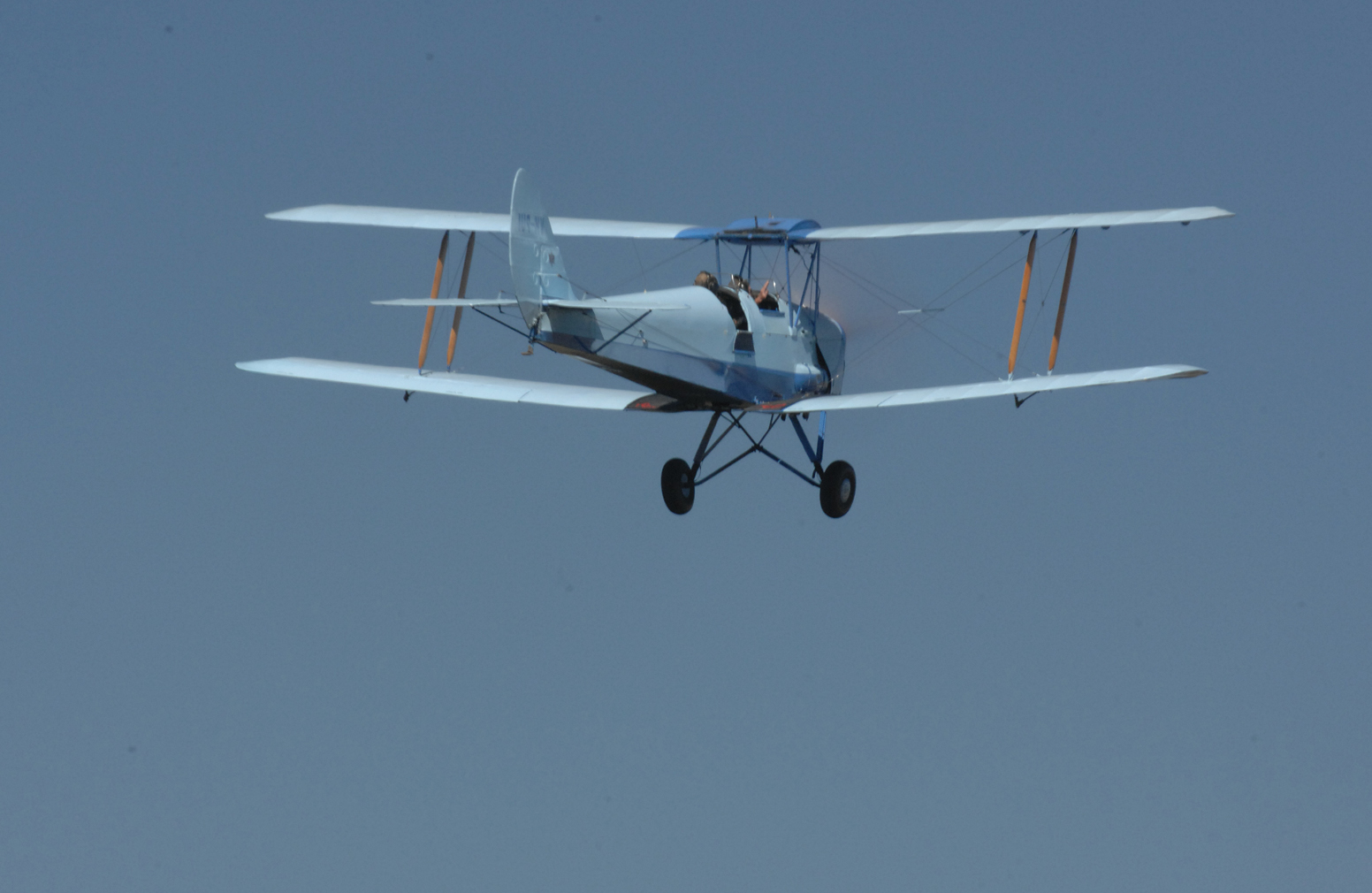
Tiger Moth accidents
It would be a mistake to say that Tiger Moths don’t have accidents – they do. The ATSB has recorded 9 accidents, 5 serious incidents and 32 other incidences since 2010. Vintage, open cockpit, tailwheel aircraft with very little forward visibility are more difficult to land and takeoff than ‘modern’ tricycle aircraft, and this is reflected in the incident statistics.
Complexity
Leonardo da Vinci apparently wrote, ‘Simplicity is the ultimate sophistication.’ Albert Einstein advised, ‘Out of complexity, find simplicity.’ Geoffrey de Havilland seems to have turned complex flying machines into simple ones through sophisticated and clever engineering. Perhaps subsequent developments have reinstated complexity in the search for efficiency and safety?
Every solution creates new problems. For example, it is hard to dispute that the replacement of paper charts, protractors and whiz-wheel flight computers with EFBs has greatly reduced pilot workload. Remember: out of complexity, find simplicity.
In 2014, the US Federal Aviation Administration published a research paper, ‘An Examination of Safety Reports Involving Electronic Flight Bags and Portable Electronic Devices’. The research reviewed 5,000 safety reports from agencies including NASA, Aviation Safety Reporting System, NTSB, CAA (UK) and the ATSB.
Human factor concerns involving EFBs and personal electronic devices were identified in 266 reports. The factors were issues such as critical information being off-screen or too small to read, pilots being unfamiliar with features or limitations, preoccupation with the EFB and hardware error or failure. These new problems will in turn require solutions.
Lilydale-based aircraft restorer and pilot Don Gordon has been flying Tiger Moths for decades, although most of his hours are in ‘modern’ aircraft. ‘Instructors are always telling students to keep their eyes outside, but as soon as you move to a more sophisticated aircraft, the temptation is to look at the screens,’ he says. ‘Suddenly, your eyes spend most of their time looking down at the iPad or being fixated on the TCAS or the multi-coloured engine monitoring bars. With the Tiger, there’s nothing to look at inside, so your eyes are always outside. The workload is outside the cockpit, not inside.
‘And you have to be aware of the basics like attitude, speed, balance, height, other aircraft and birds. It’s probably a bit like an old manual car and a new power-assisted automatic car with air conditioning, lane monitoring, cruise control and park assist. At some point, drivers lose their connection with the car, and basic skills like steering and parking are lost.’
Awareness of those basics come from recalling the first principles of flight training – effects of controls, effective lookout, etc – along with practice and, above all, relevant experience.
Looking out for other aircraft is especially important. ‘My Tiger is a silver aeroplane against a silvery sky and has no strobes or beacons, so it can be hard for other aircraft to see,’ he says.
Aviate, navigate
Perhaps the difference between early, simple aeroplanes and modern aircraft is encapsulated in the adage, ‘aviate, navigate, communicate’. Amy Johnson’s ‘Jason’ had no capacity to communicate, so the task focus was aviating and navigating.
With complex flight, navigation and communication systems, the pilot’s focus has become more on managing these systems – on the human-computer interface. I’m not saying this is a bad thing: the risks on long flights in unknown weather without navigation aids were enormous, and although the romance of that era is attractive, modern aviation is vastly safer and infinitely more comfortable.
However, there are still lessons to be learnt from the golden era of the open cockpit – simple aviating. Keep your eyes outside, know when not to fly, don’t lose elementary skills by depending on aids and make sure your equipment is removing unnecessary complexity.
Long may the Tiger Moth fly safely in our skies – on warm days with favourable winds.
Hand swinging a 1.9-metre diameter propeller connected to an engine with its own mind makes starting arguably the riskiest phase of flight.
